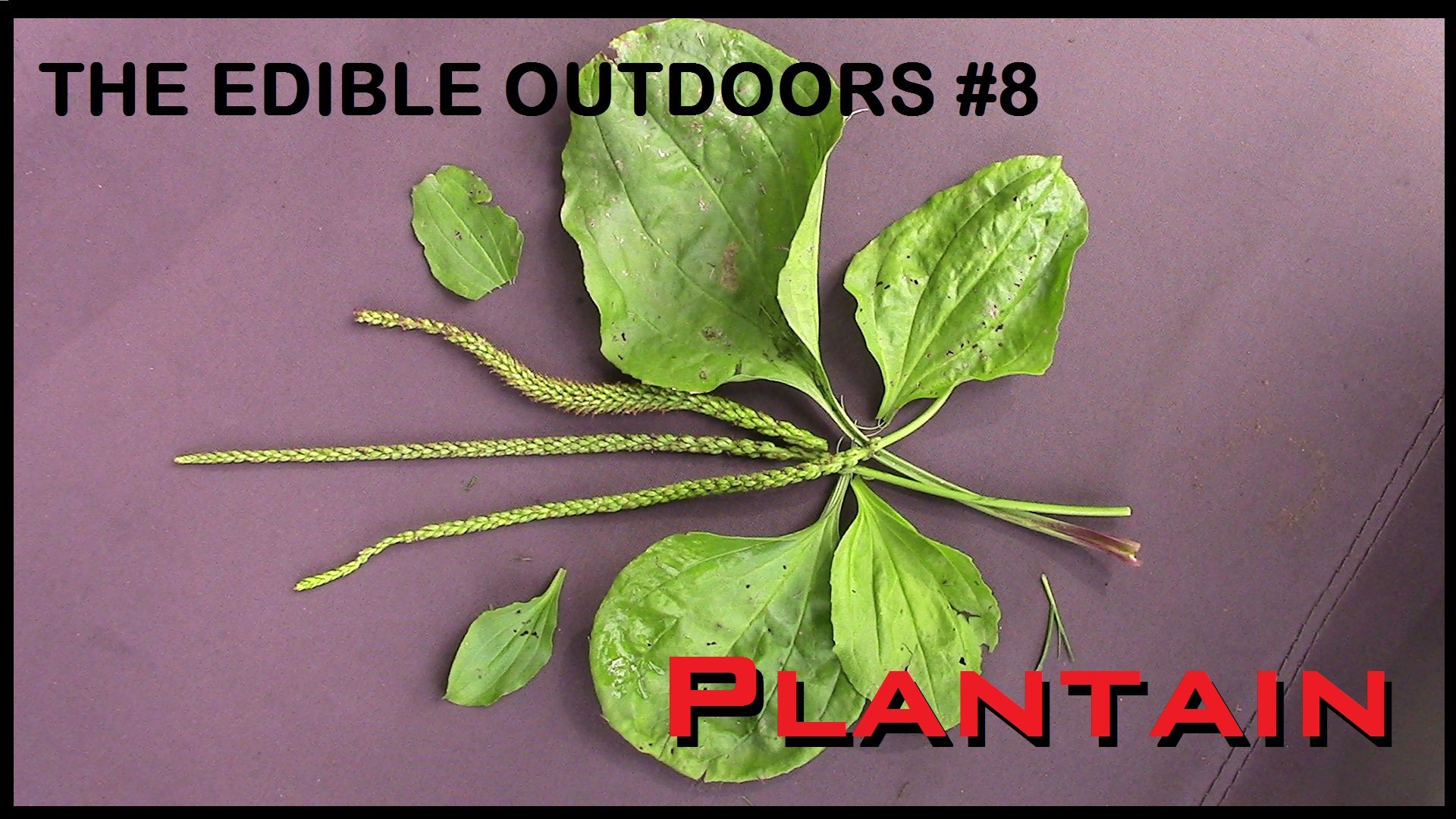
Plantain is about as useful as it is common, and I'm not talking about the fruit that looks like a banana. I've found it everywhere. It seems to be another species that was introduced to North America by European settlers, and though some consider it a nuisance weed, personally, I'm glad that it's here.
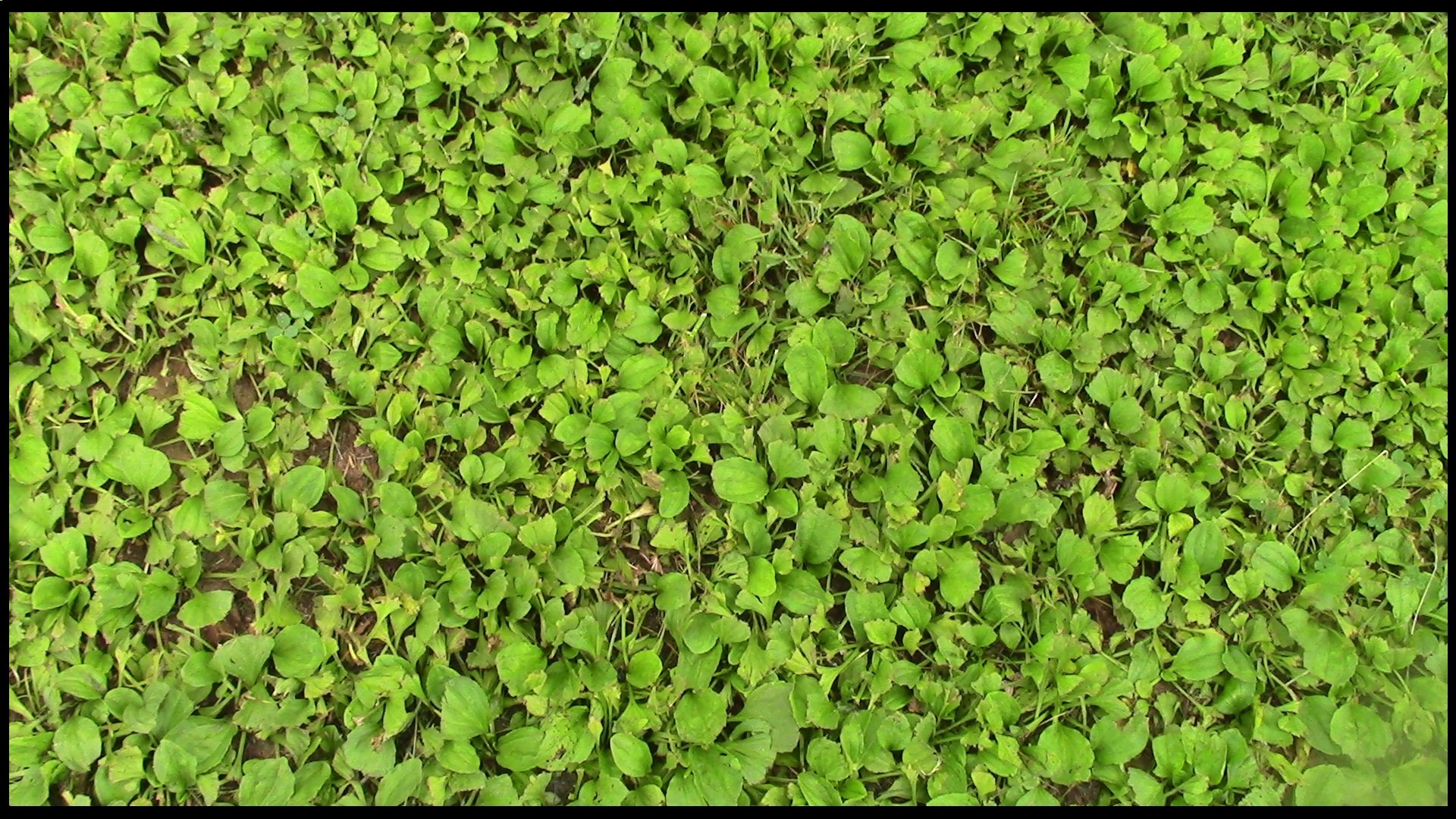
As you can tell from this picture, Plantain certainly has the capability to overtake an area. If you are not familiar with this plant, the scientific name is Plantago Major. The leaves look similar to spinach, which is actually a relative.
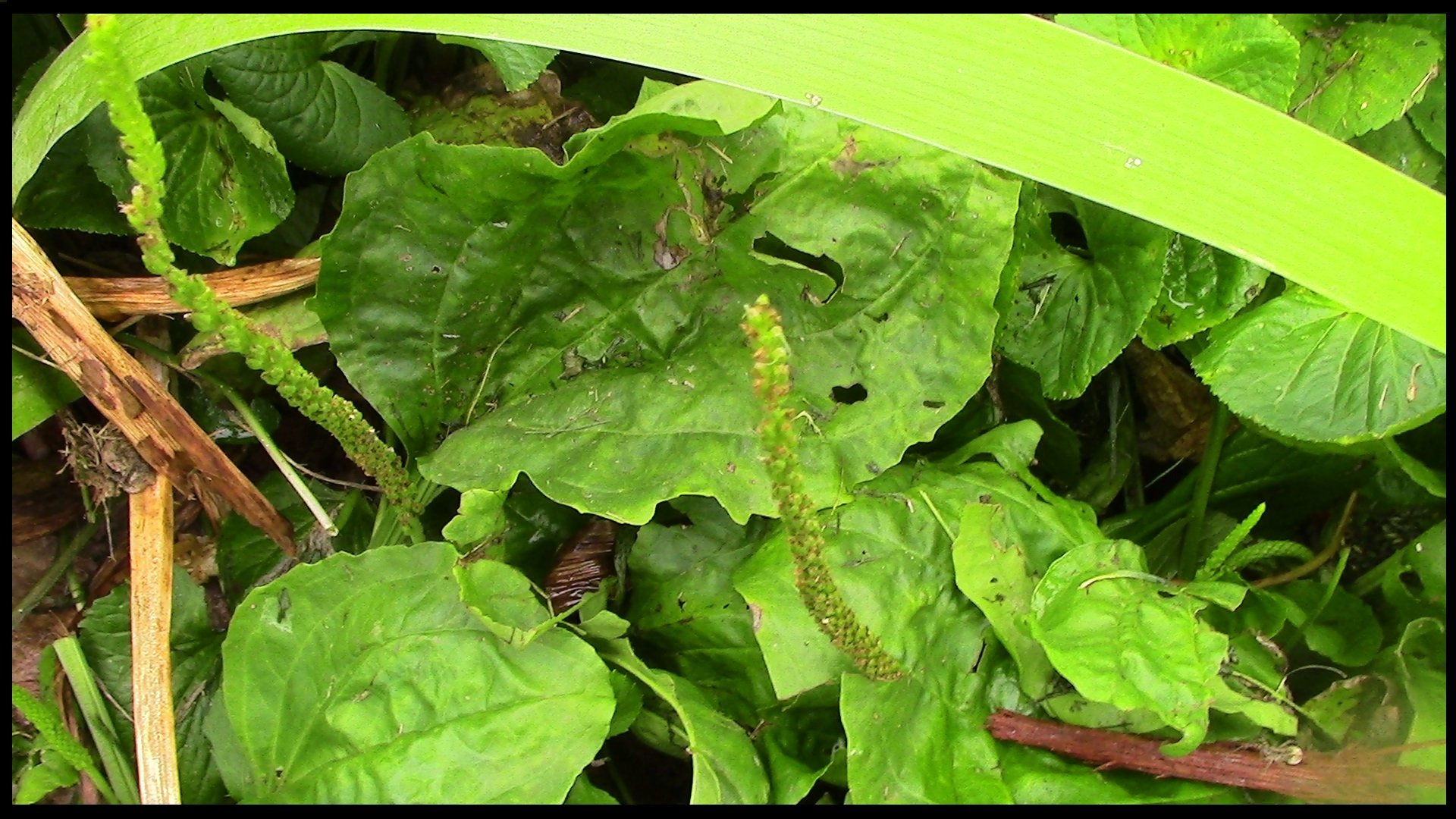
The plant will also shoot up long stems that eventually become covered in seeds. Thankfully, these are edible too. In fact, I've almost eaten the entire cover photo already. This plant can be enjoyed raw or cooked. The leaves are good steemed or sauteed, and the long seed stems can be added to stir-fries much like Chinese Noodle Beans can. You can also add Plantain to soups. Because I'm hard to pin down and like to munch on the go, I usually just eat them raw.
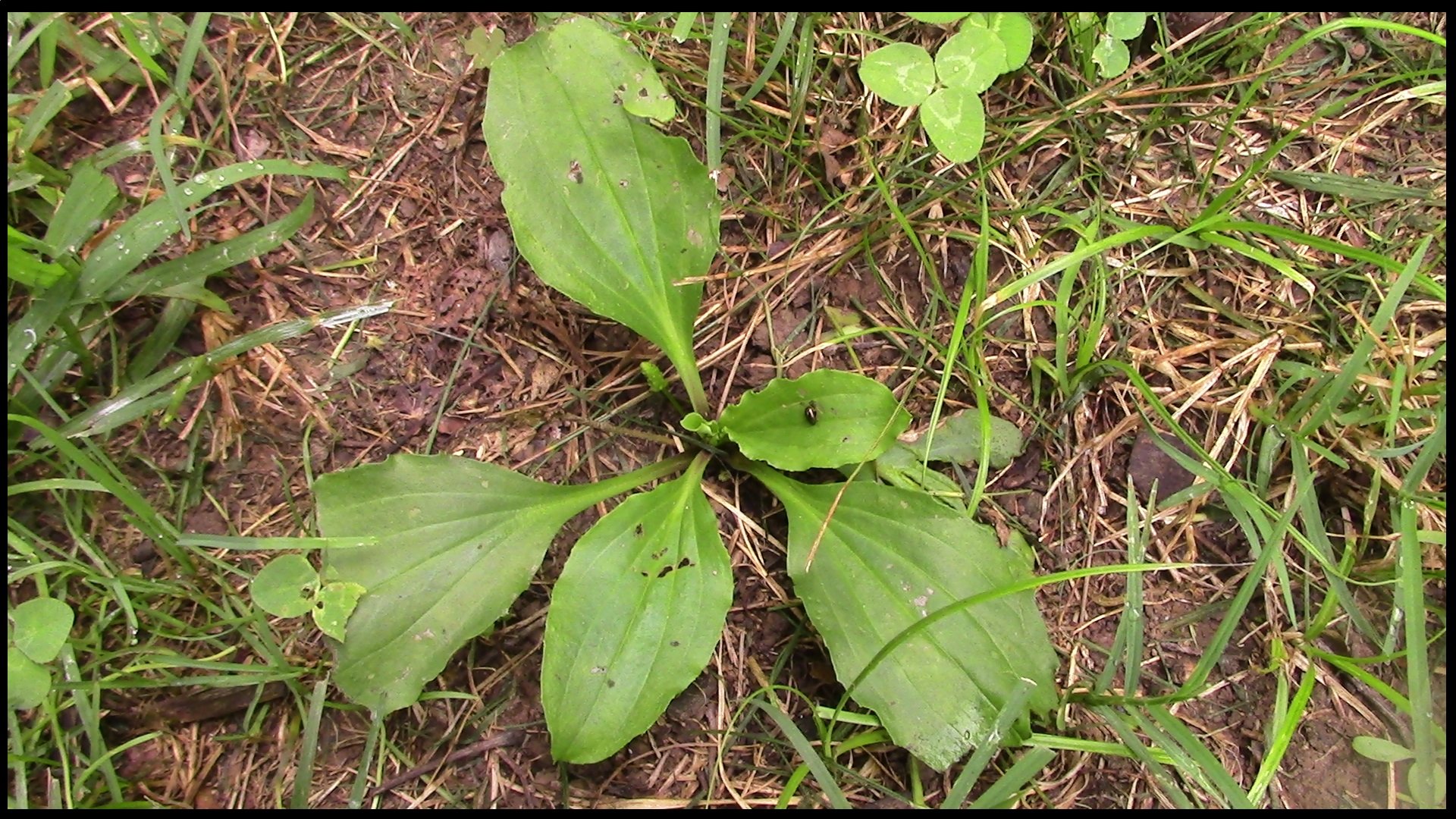
Plantain is a perennial, which means the same plant can come back year after year, so try not to pick them clean. It reproduces by seeds, so often where you find one, you'll find more. Though most are small, having leaves that would fit in the palm of your hand, I've seen some leaves bigger than my hand. Nutritionally, it's loaded with benefits; most notably Calcium, Iron, and Vitamins A & C. No matter what situation you're in, Plantain is not only nutritious, it's also most likely readily available right outside your door.
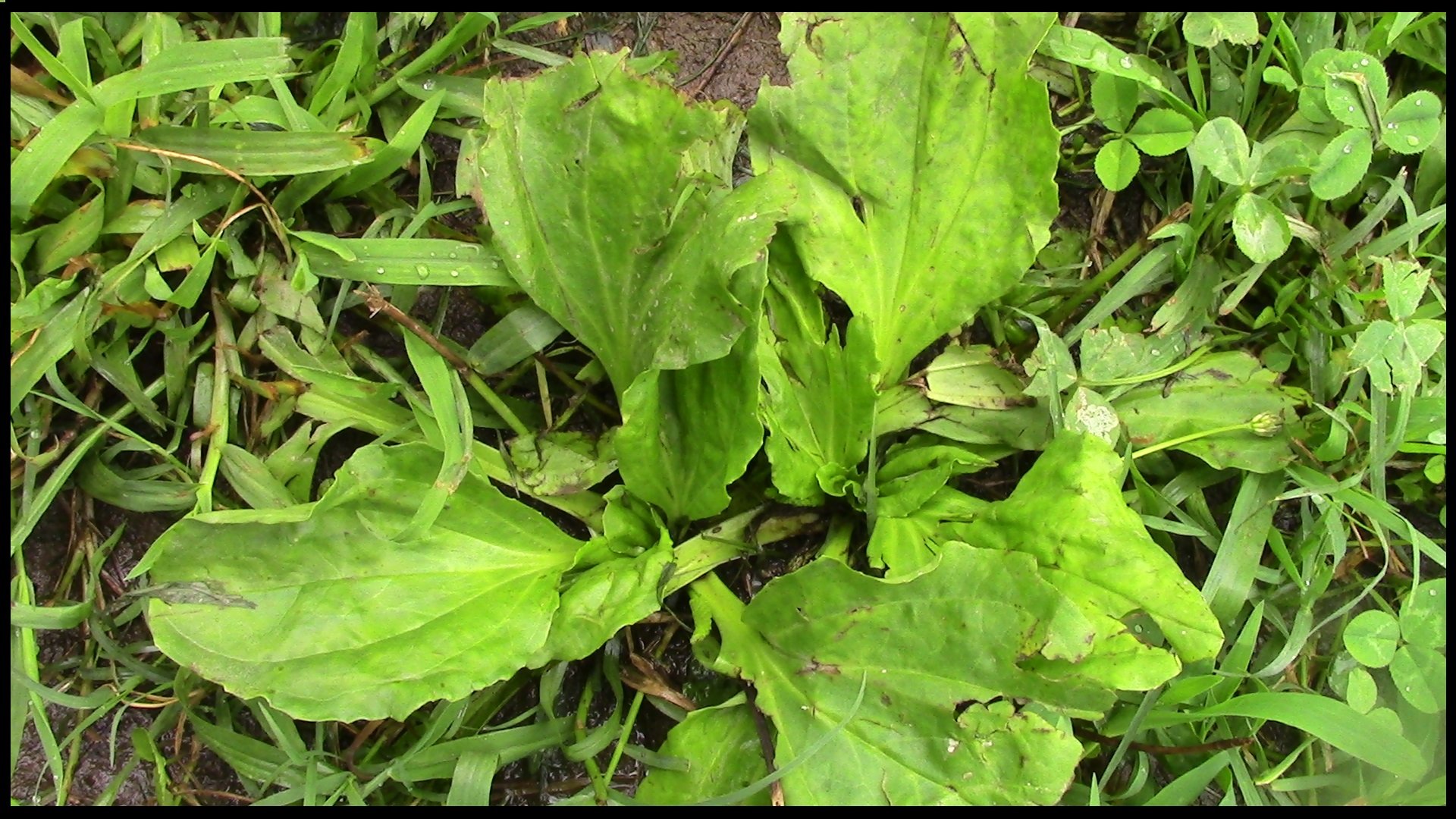
There are also medicinal benefits of Plantain. One of the most common uses is to apply it to bug bites, rashes, or small cuts. Often when a child gets stung by a bee or hornet, I'll chew up some Plantain to release the juices and apply it to the wound. When a friend's daughter was bitten by a Copperhead snake, they heated some Plantain and lard together to apply to the wound. She fully recovered within a few days. Whether I'm hurting or hungry, Plantain comes in handy!
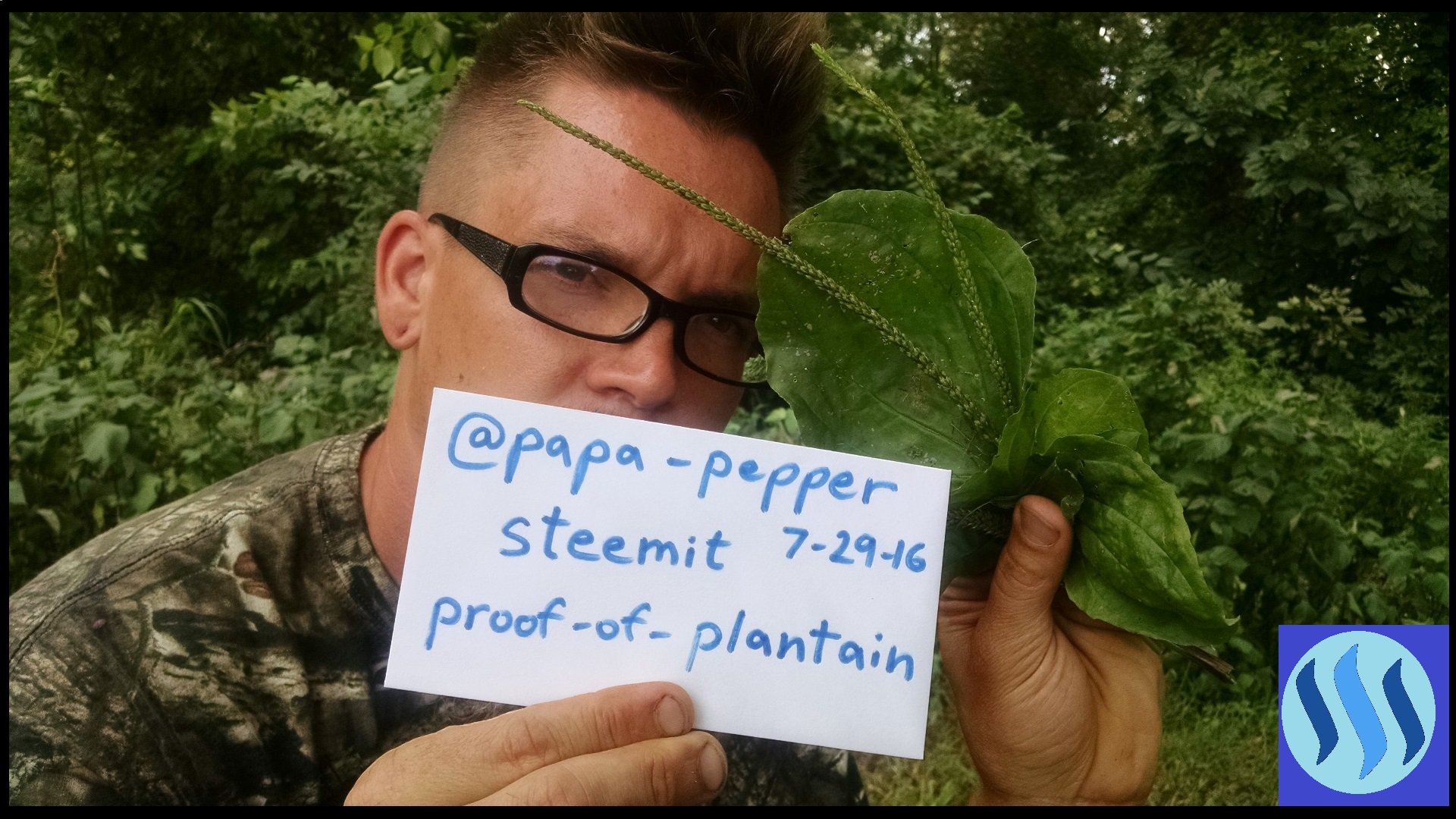
THE EDIBLE OUTDOORS previous posts:
1-Common Yellow Wood Sorrel
2-Lamb’s Quarters
3-American Gooseberry
4-Stinging Nettle
5-Sassafras
6-Creeping Charlie
7-Dandelion
